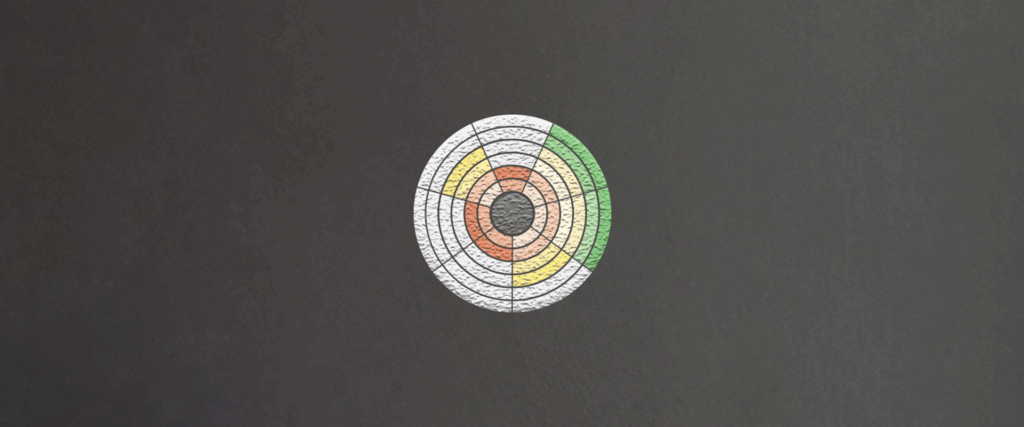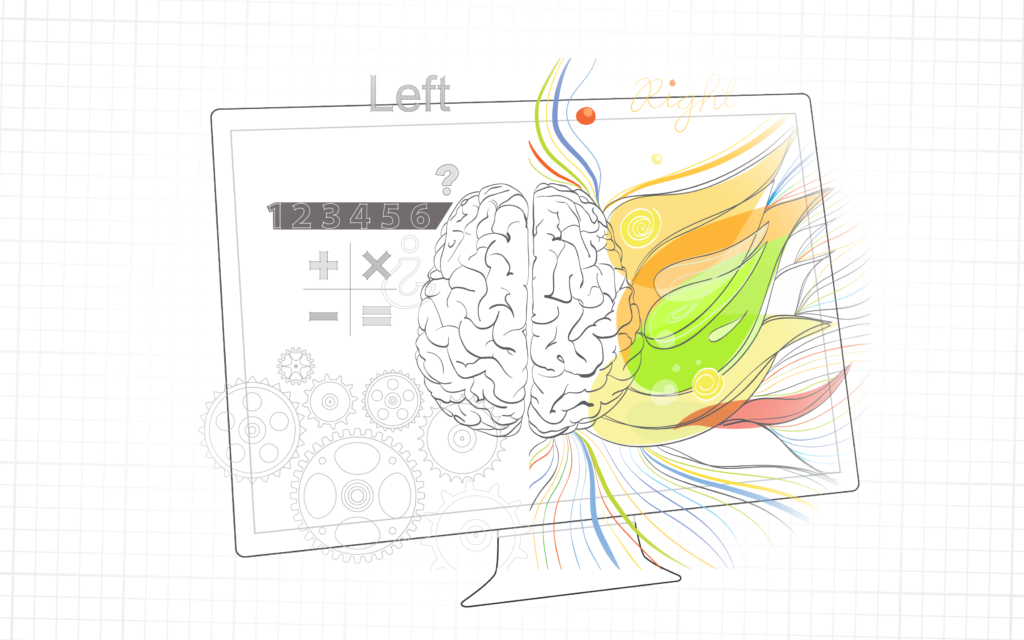Article
Design Thinking: An Innovative Process for Constructing Solutions

Design thinking is a tool for creative problem solving that can be applied to multiple industries. This method encourages businesses to place the people they’re designing for at the center of their thinking. This ultimately leads to the best outcomes, products, and solutions.
Think of it as a process for exploring complex challenges without any framework in place. When you sit down to solve a tough business problem, the right design thinking provides you with a sense of confidence that you’ll devise a unique solution.
The Rise of Design Thinking
The complexities of the modern world continue to push today’s businesses to find creative solutions to their biggest challenges. A 2015 study by the Design Management Institute found that design-driven companies like Nike, Starbucks, and Target experienced 10-year returns on investment that outperformed their peers on the S&P 500 by 211 percent. But this gap doesn’t imply that design thinking is limited only to design-centric companies. Leaders in every industry (tech, finance, education, retail, etc.) are using the process to dive deeper into their current challenges and prepare for future ones.
We can identify four key components of design thinking:
1. Establish Empathy for Your Users
2. Engage in Holistic Analysis of the Problem
3. Create Iterative Visualization of Ideas
4. Conduct Cycles of Testing and Exploration
Step 1: Establish Empathy for Your Users
The first step in the design thinking process is to leverage empathy to gain insight into the needs of real users by seeing the world through their eyes. Of course, it’s impossible to fully experience customers’ experience in their shoes, but we can get as close to it as possible. By fostering empathy for the end user, you can humanize the technological problems and simplify the creative solutions that you produce and iterate upon. In the end, the user is the one using the product or solution you create, so understanding their needs first-hand is essential.
Step 2: Engage in Holistic Analysis of the Problem
After fostering empathy and gathering user data, the next step is to analyze your data. Understanding your users and their problems will allow you to take vague, abstract (or even unknown) problems and develop a solid plan for tackling them. Two important examples of holistic analysis include analyzing usability and benchmarking against UX principles, which are both described in greater detail in this post. Design thinking implements a nonlinear process: different design stages can occur in parallel or iteratively.
By the end of this stage of the design thinking process, you should have a clear understanding or statement of the problem you face.
Interested in learning more? Check out our white paper on Methods of UX Analysis, where we dive deeper into 8 methods we use at Fresh.
Alternatively, check out Defeat BOCO, where Fresh designers and developers take users on an interactive journey to learn more about the design process.
Step 3: Create Iterative Visualization of Ideas
With a deep understanding of your users and a clear statement of the problem, the next step in the design thinking journey is to visualize your ideas. The act of creating and experimenting with visualization tools (like wireframes and sketches fuels) creative thinking and exposes potential flaws that might have gone unnoticed until much further into the design process.
Step 4: Conduct Cycles of Testing and Exploration
The fourth stage of the design thinking process is to explore, prototype, and test your ideas as tangible products. Watching users interact with interfaces and listening to their feedback saves time and money, preventing errors that might linger into the later stages.
Trust tests, for example, focus on identifying messaging and credibility issues. They reveal how users interact with your product or website. They answer the question of whether users will actually use the site to buy your product and gives you an idea of their level of confidence in your site. Trust tests, among many other UX tests, are concrete ways to apply design thinking to your business.
Discover eight proven ways of UX testing in this blog post.
The Future of Design Thinking:
Design thinking will grow with the progression of the modern world. As our technologies become increasingly complex, the need to explain them simply and clearly is critical. The dual nature of design thinking, both intuitive and analytical, will help ensure you solve seemingly insurmountable problems in the simplest ways.
Companies who use design thinking will have a competitive advantage. Airbnb, for example, attributes its raging success to design thinking—particularly its culture of testing and experimentation. Their turning point was when the three co-founders began making small changes to their site, like posting better photos on their listings. This eventually led them to a mindset of constant tweaks and improvements over time. Due to its brilliant design thinking over the last decade, Airbnb went from a near-zero struggling startup in 2009 to a $31 billion value in 2019.
If you’re looking to differentiate yourself and create value, we recommend adopting a design thinking strategy for your company.









